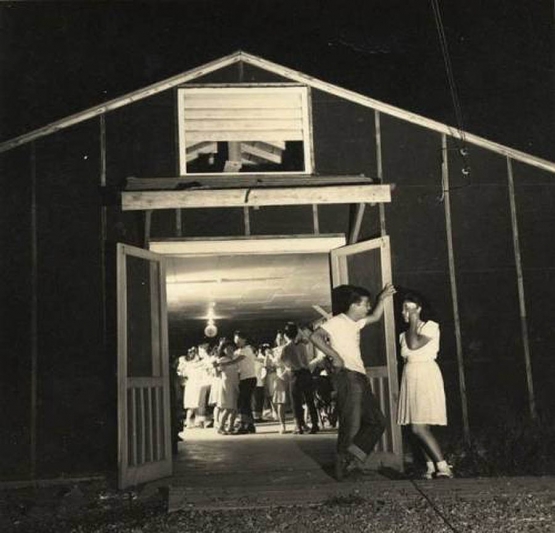1946: The Camps Close
(Collier’s Year Book, 1947)
“On June 30, 1946 the central office of the War Relocation Authority [an arm of the Department of the Interior] closed on schedule with substantial completion of its war-time task of providing ‘relocation, maintenance, and supervision’ of the 120,313 persons of Japanese ancestry who were in its custody as a result of the War Department’s evacuation in 1942 of the West Coast. Of this number, 5,981 were born in the ten relocation centers maintained by the Authority.”

